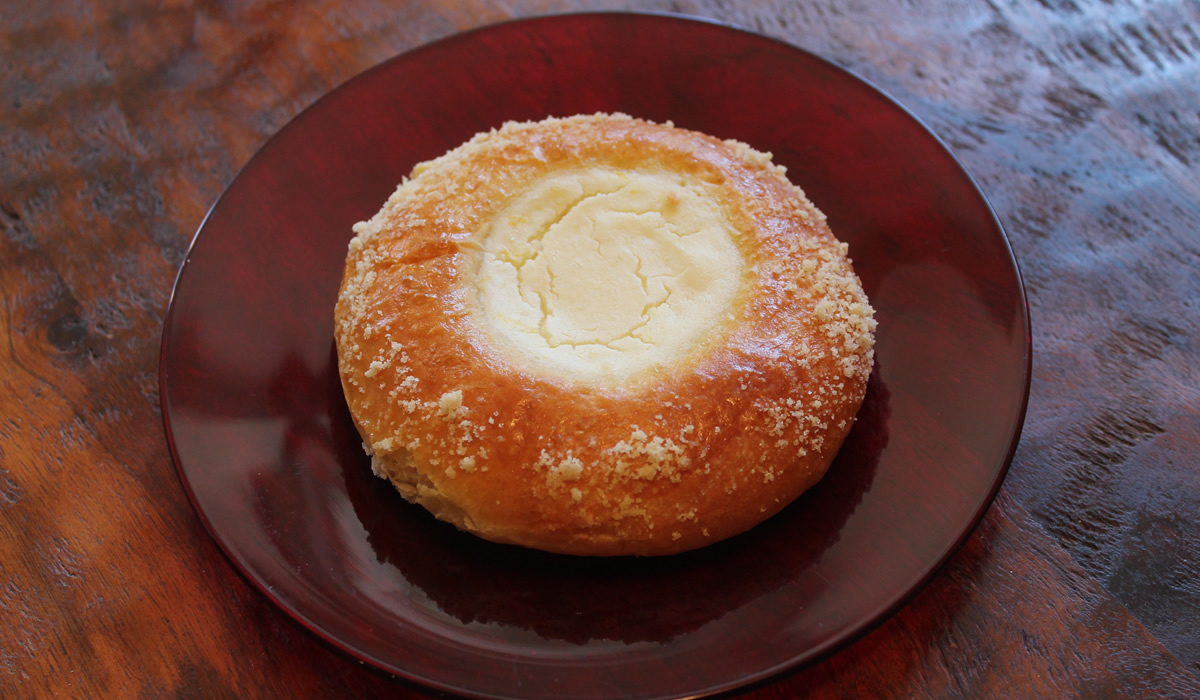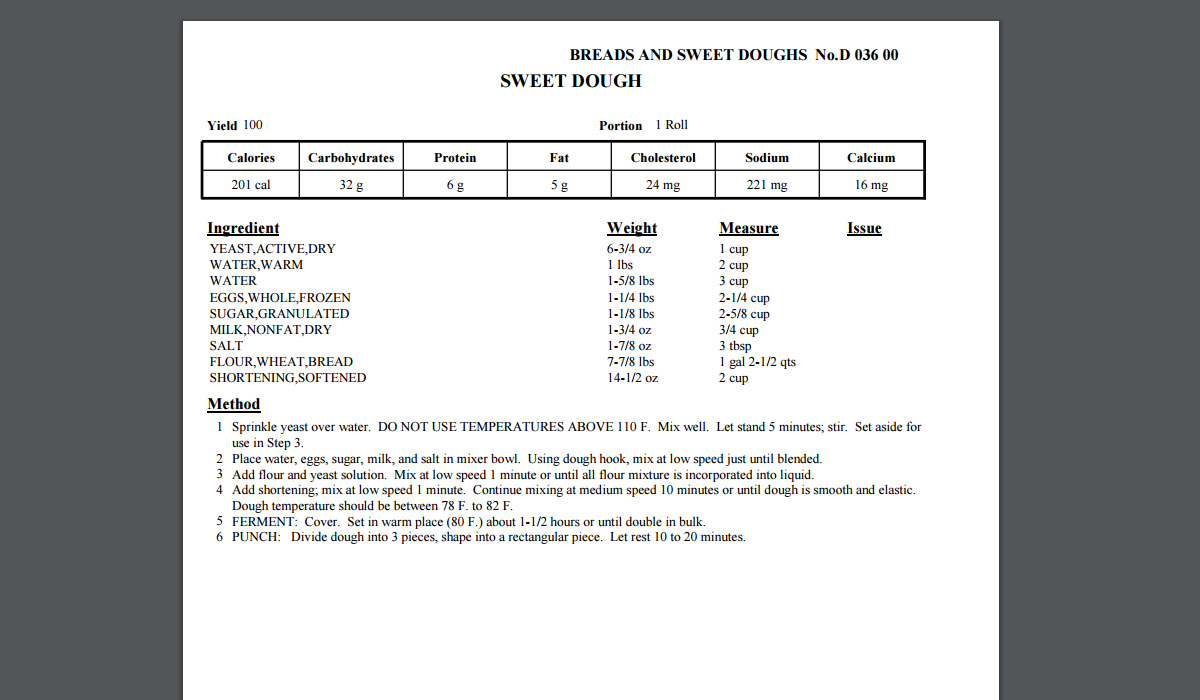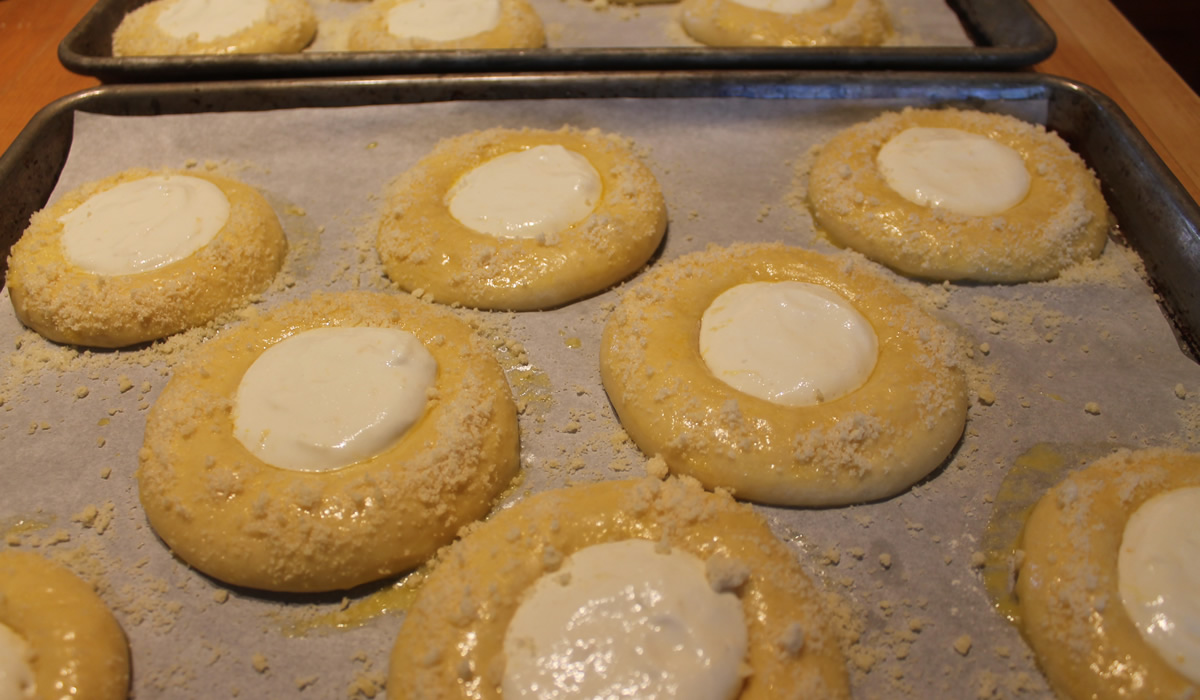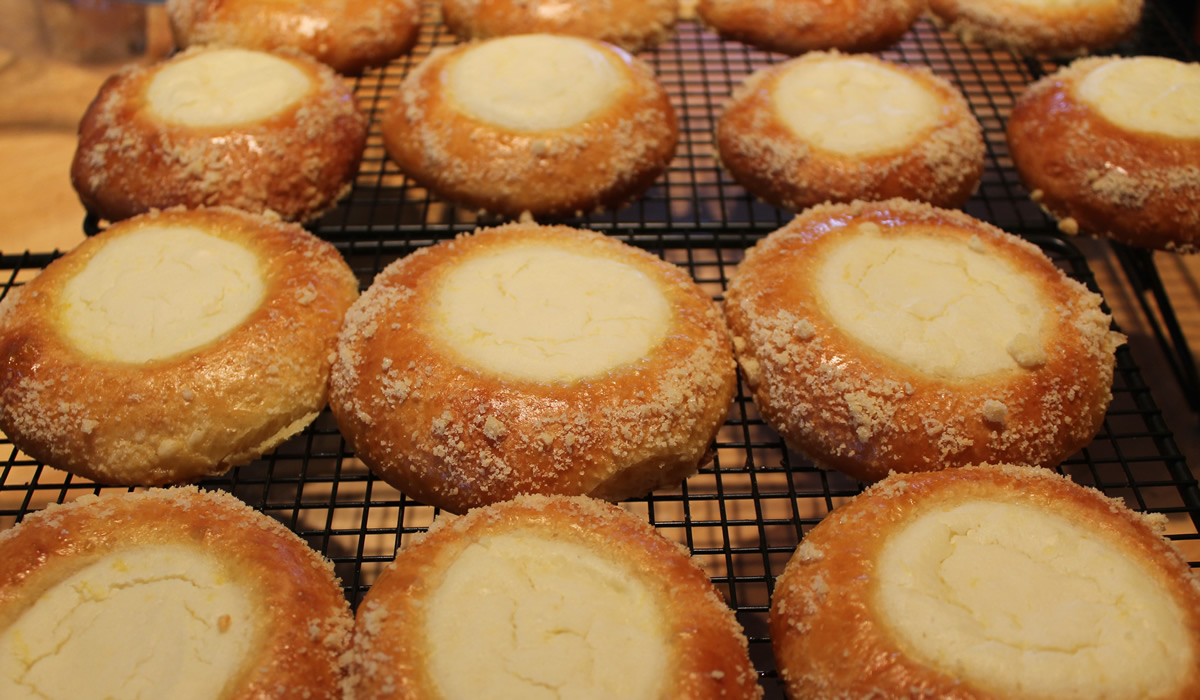We caught an episode of Cooks Country on PBS a couple of weeks ago. It’s a variation of America’s Test Kitchen, because… why have one PBS cooking show when you can have two?
But that’s neither here nor there…
The program showed the making of a Czech pastry called a Kolache. The dough intrigued me, because I’ve made a lot of sweet doughs in my time, but this one really was put together a bit differently.
I have to admit that far too many Cooks Country/Illustrated recipes are just too convoluted. They often take a simple, innocuous dish and rework it into something totally different with little resemblance to the dish they were recreating – with an additional 25 steps just for grins and giggles.
Seeing something that looked pretty straightforward was refreshing – and it sounded really good.
While I had lots of practice with Danish Pastry in my early years, I really wasn’t introduced to sweet dough until my Navy days… When I was finally assigned to the USS Ranger (CVA-61) I was put right into the bake shop because I had that baking background. The ship was in dry dock at Hunters Point Naval Shipyard in San Francisco and all of our baked goods were bought locally. My biggest job was portioning – cutting the pies and cakes into 8 slices, placing them on plates on sheet pans, and putting the sheet pans on rolling carts to wheel over to the chow line. For this I had been sent to Commissaryman Class “A” School. But… It beat actually having to work.
The day we came out of drydock, we sailed under the Golden Gate Bridge and into the Pacific Ocean for 24 hours to see how things were working. There was a Chief Petty Officer named Brown who was overseeing the bake shops – when the ship was underway, there were two of them – one forward and one aft. The forward bakeshop was the bread bakeshop and was still closed at this point. Old Brown had about 3 months until retirement and just didn’t give a shit for nothin’ – except he like fresh-baked sweet rolls. He decided we were going to make sweet rolls for the crew for breakfast the following morning. Did I mention I was the only person assigned to the bakeshop at that time?
Brown said he would help me make these and to work we (I) went. The Armed Forces Recipe Card Service is a collection of maybe a couple thousand recipes all scaled to 100 portions. It’s simple math to multiply or divide any recipe for any quantity you need. This is early 1972. Pre-computer. There were actual index boxes of recipe cards all scaled at 100 portions. I think we needed to make something like a thousand cinnamon rolls – so it was going to be two batches of 5 times the base recipe. I made the first batch of dough under Brown’s supervision and let it start rising while I made the second batch.
This is an online version of a recipe – updated for the 21st century. We didn’t have frozen eggs… I had to crack them. Times five. Twice.
In the meantime, another lifer buddy of Brown’s came in with a bottle of cheap whiskey and the two of them had a few shots. And then a few more. And then Brown decided I could finish and he staggered off to bed.
I had two batches of dough proofing all over hell and back, a wall of 27 ovens that didn’t work right – some heated top only, some bottom only, some along the sides, some down the middle… not one of them worked correctly – and never did the entire time I was on that ship. Over time, we learned which ones did what and just did a sheet pan ballet moving them around to bake things off with relatively little effort.
But on that first night, this not-even-20-year-old had no idea what was working and what wasn’t – and I had never made a thousand of anything before in my life. I had been bouncing around San Diego waiting for orders, so I really wasn’t doing anything other than serving on a chow line now and again. I sure as hell wasn’t making a bazillion cinnamon rolls. Dough was proofing, over-proofing… I’d punch it down, get a batch rolled out and onto sheet pans – and watch it over-proof before I could get another one into the non-working ovens.
I was up most of the night, but I did it – they weren’t the most beautiful things in the world, but they were military-edible.
And in a few short weeks I was really honing the production baking skills. That first night really was a disaster, but I learned a hellava lot.
One thing I learned was I didn’t want to be a production baker when I grew up. When I baked after Uncle Sam’s Yacht Club, it was going to be just for fun.
And that leads us up to today.
Watching cooking shows is fun. Deciding whether to make something is fun. If it ain’t gonna be fun, I ain’t gonna do it. I’ve reached the age where I don’t have to.
I followed the recipe pretty closely – except I proofed my yeast in the milk because I rarely have rapid rise/instant yeast. And while I really had no reference point for these things, they were really really easy to make – and they taste even better. A hellava lot better than those cinnamon rolls of yesteryear.
Extremely easy to make. Maybe three hours start-to-finish, but most of the time was letting the dough rise. I was out planting in the garden between steps.
If you like to bake, this is one I really do recommend.
Kolaches
INGREDIENTS
DOUGH
- 1 cup whole milk
- 10 tablespoons unsalted butter, melted
- 1 large egg plus 2 large yolks
- 3 1/2 cups (17 1/2 ounces) all-purpose flour
- 1/3 cup (2 ounces) sugar
- 2 1/4 teaspoon instant or rapid-rise yeast
- 1 1/2 teaspoons salt
CHEESE FILLING
- 6 ounces cream cheese, softened
- 3 tablespoons sugar
- 1 tablespoon all-purpose flour
- 1/2 teaspoon grated lemon zest
- 6 ounces (3/4 cup) whole-milk or part-skim ricotta cheese
STREUSEL
- 2 tablespoons plus 2 teaspoons all-purpose flour
- 2 tablespoons plus 2 teaspoons sugar
- 1 tablespoon unsalted butter, cut into 8 pieces and chilled
- 1 large egg beaten with 1 tablespoon milk
INSTRUCTIONS
1. FOR THE DOUGH: Grease large bowl. Whisk milk, melted butter, and egg and yolks together in 2-cup liquid measuring cup (butter will form clumps). Whisk flour, sugar, yeast, and salt together in bowl of stand mixer. Fit stand mixer with dough hook, add milk mixture to flour mixture, and knead on low speed until no dry flour remains, about 2 minutes. Increase speed to medium and knead until dough clears sides of bowl but still sticks to bottom, 8 to 12 minutes.
2. Transfer dough to greased bowl and cover with plastic wrap. Adjust oven racks to upper-middle and lower-middle positions. Place dough on lower-middle rack and place loaf pan on bottom of oven. Pour 3 cups boiling water into loaf pan, close oven door, and let dough rise until doubled, about 1 hour.
3. FOR THE CHEESE FILLING: Using stand mixer fitted with paddle, beat cream cheese, sugar, flour, and lemon zest on low speed until smooth, about 1 minute. Add ricotta and beat until just combined, about 30 seconds. Transfer to bowl, cover with plastic, and refrigerate until ready to use.
4. FOR THE STREUSEL: Combine flour, sugar, and butter in bowl and rub between fingers until mixture resembles wet sand. Cover with plastic and refrigerate until ready to use.
5. Line 2 rimmed baking sheets with parchment paper. Punch down dough and place on lightly floured counter. Divide into quarters and cut each quarter into 4 equal pieces. Form each piece into rough ball by pulling dough edges underneath so top is smooth. On unfloured counter, cup each ball in your palm and roll into smooth, tight ball. Arrange 8 balls on each prepared sheet and cover loosely with plastic. Place sheets on oven racks. Replace water in loaf pan with 3 cups boiling water, close oven door, and let dough rise until doubled, about 90 minutes.
6. Remove sheets and loaf pan from oven. Heat oven to 350 degrees. Grease and flour bottom of 1/3-cup measure (or 2 1/4-inch-diameter drinking glass). Make deep indentation in center of each dough ball by slowly pressing until cup touches sheet. (Perimeter of balls may deflate slightly.)
7. Gently brush kolaches all over with egg-milk mixture. Divide filling evenly among kolaches (about 1½ tablespoons per kolache) and smooth with back of spoon. Sprinkle streusel over kolaches, avoiding filling. Bake until golden brown, about 25 minutes, switching and rotating sheets halfway through baking. Let kolaches cool on pans for 20 minutes. Serve warm.
They are light, they are rich, and you’re going to want to eat several at one sitting. And making 16 of them is so much easier than making a thousand…
And I froze half of them…





